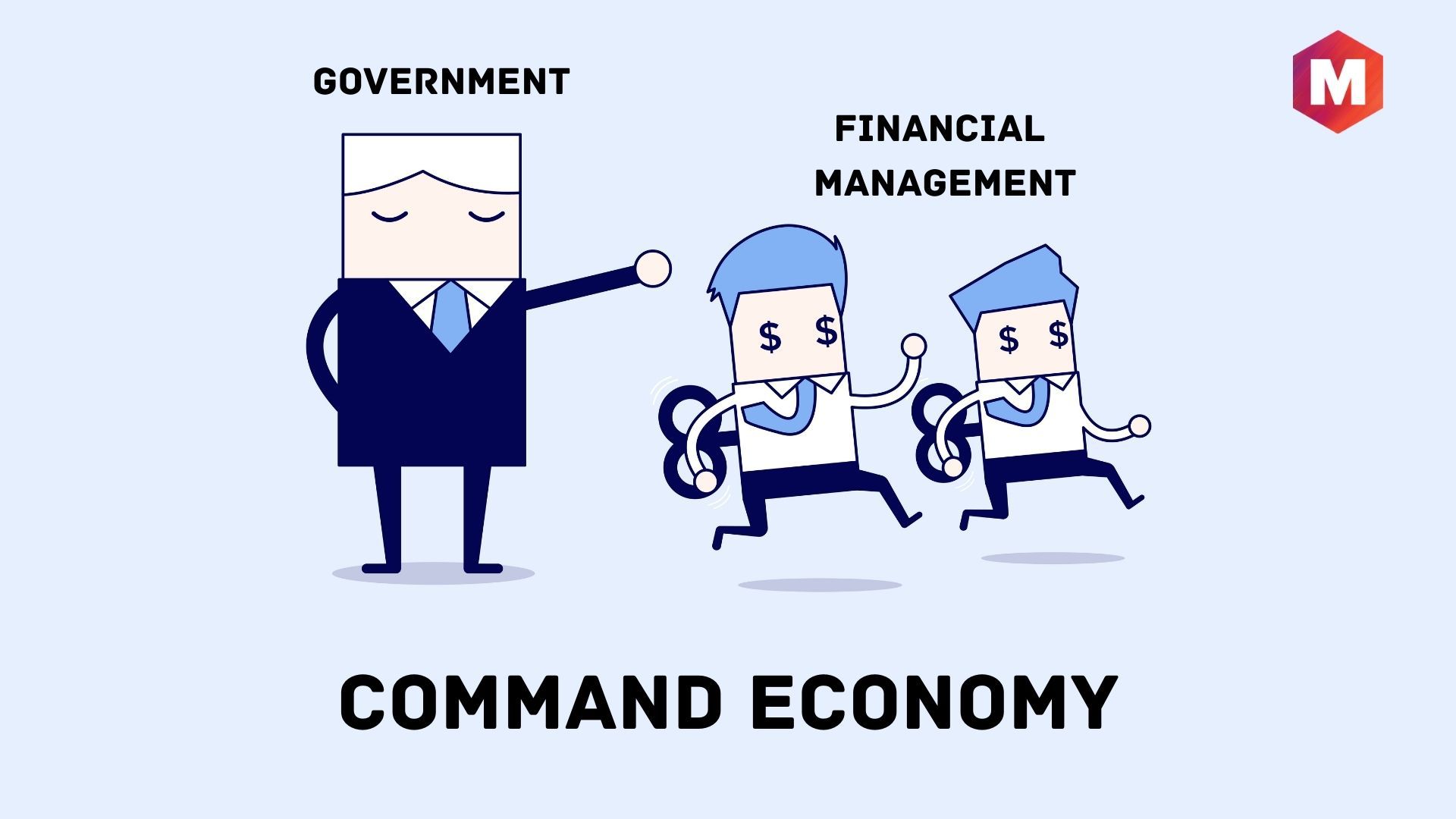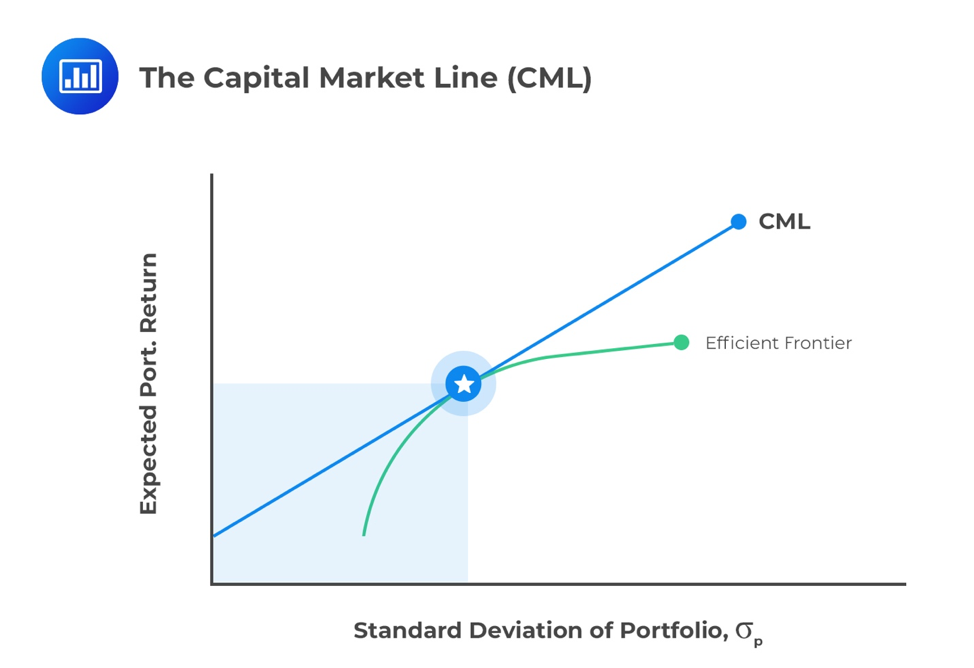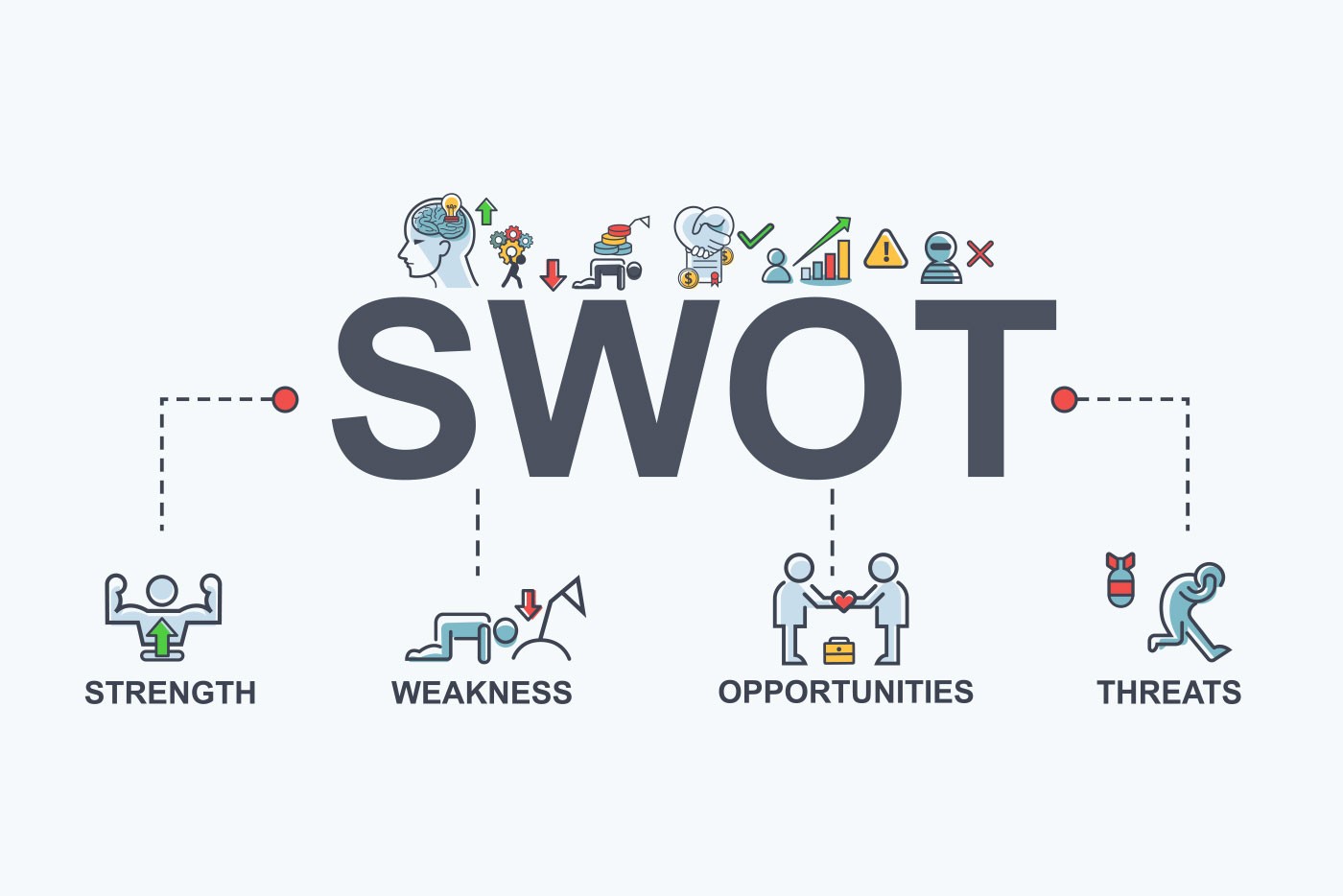Introduction
Command Economy is a system in which a central government makes all economic decisions. A variety of administrative efforts, such as commands, laws, and national goals, are used to coordinate complex social and economic systems.
In a modern, centrally planned command economy, the government creates a central economic plan. The government may establish a five-year plan, for example, that sets economic and societal goals for every sector and region of the country. Shorter-term plans convert the goals into actionable objectives.
In a command economy, the proportion of total product used for investing is determined rather than the amount to be consumed i.e. this economic system fixes in advance supply level rather than determining level of production required based on consumer demand. This decision is taken care by ruling political authority.
Some of the examples of command Economy is
China: After World War II, Mao Tse Tung created a society ruled by Communism. He enforced a strictly planned economy. The current leaders are moving toward a market-based system. They continue to create five-year plans to outline economic goals and objectives.
Soviet Union: All states under the USSR worked as per the command economy from 1930 until 1991. The Government made all the important decisions for the entire country.

Factors
- All the state-owned and privately-owned companies are controlled and regulated by the government.
- The government has full command and control over the nation’s economy that includes the amount of supply, cost of services, and products to consumers.
- State authority takes complete control of the resources available in the country and also manages its allocation and distribution.
- Tariff policies, trade policies are also decided by the government in this form of economy.
Development of the Theory
Viennese economist Otto Neurath developed the concept of a command economy after World War I. Neurath proposed it as a way to control hyperinflation. The phrase “command economy” comes from the German word “Befehlswirtschaft.” It described the fascist Nazi economy.
The theory of a command economy was defined by Karl Marx in the Communist Manifesto as “common ownership of the means of production,” and it became a typical characteristic of communist governments.
Advantages & Disadvantages of a Command Economy
Advantages
If done properly and with adequate resources, a command economy offers the following benefits:
- Society favors social welfare and equity rather than profiteering
- Prevents monopolies by private businesses in identified crucial industries, such as health and energy
- Command economies can prevent mass unemployment, often a feature of capitalist economies.
- Low levels or elimination of unemployment
- Ensures access to basic necessities
Disadvantages
On the other hand, even when done “properly”, a pure command economy has significant drawbacks.
- Gluts and shortages of goods are common results, due to fixed prices and quantity of production. Natural equilibrium is more difficult to achieve when price and quantity are not floating.
- Inefficient pricing of goods in relation to supply and demand
- No response or attention to consumer preferences
- Price controls invariably lead to shortages and surpluses.
- Limits liberties and personal rights to pursue financial stability, in favor of social equality
- Highly bureaucratic; all planning and execution carried out by the government
- Not being able to know and respond to consumer preferences or complaints
Command Economy vs Market Economy
Major differentiation in market economy and command economy is based on factors of production, division of labor, ownership of regulation, and pricing mechanisms. Production in the market economy is not planned, not organized by state authority but is determined through the demand of goods and services in the market. The demand and supply of goods and services are determined by the people in the market economy. Examples are the United States, Japan, England etc.
The fundamental aspects of the market economy are private ownership and voluntary exchanges of the means of production. The goods and services are determined on the basis of consumer preferences and resource scarcity.
Whereas, in the case of a command economy, demand does not derives the quantity of goods/ services to be manufactured, supplied but is decided by the ruling government. This economy is supply driven. All state owned as well as private players are controlled centrally by the government.
Conclusion
Command economy is a form of economic system where production levels and rates are determined centrally by the government instead of demand-based production as like in case of market driven economy. It creates balance in the economy reducing disparity, economic crisis, corruption, and political turmoil, poverty gap and creates a balanced distribution of available resources.




